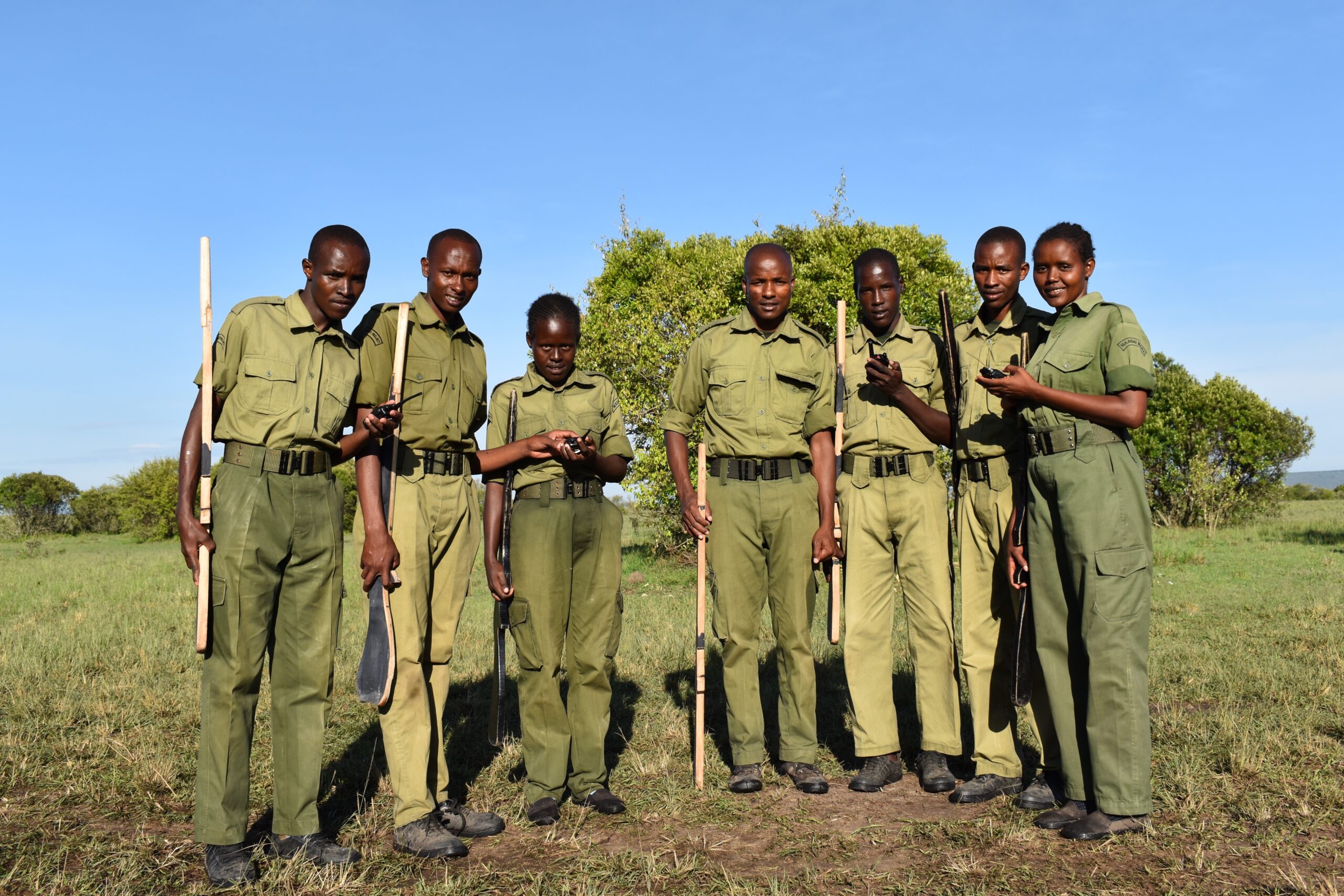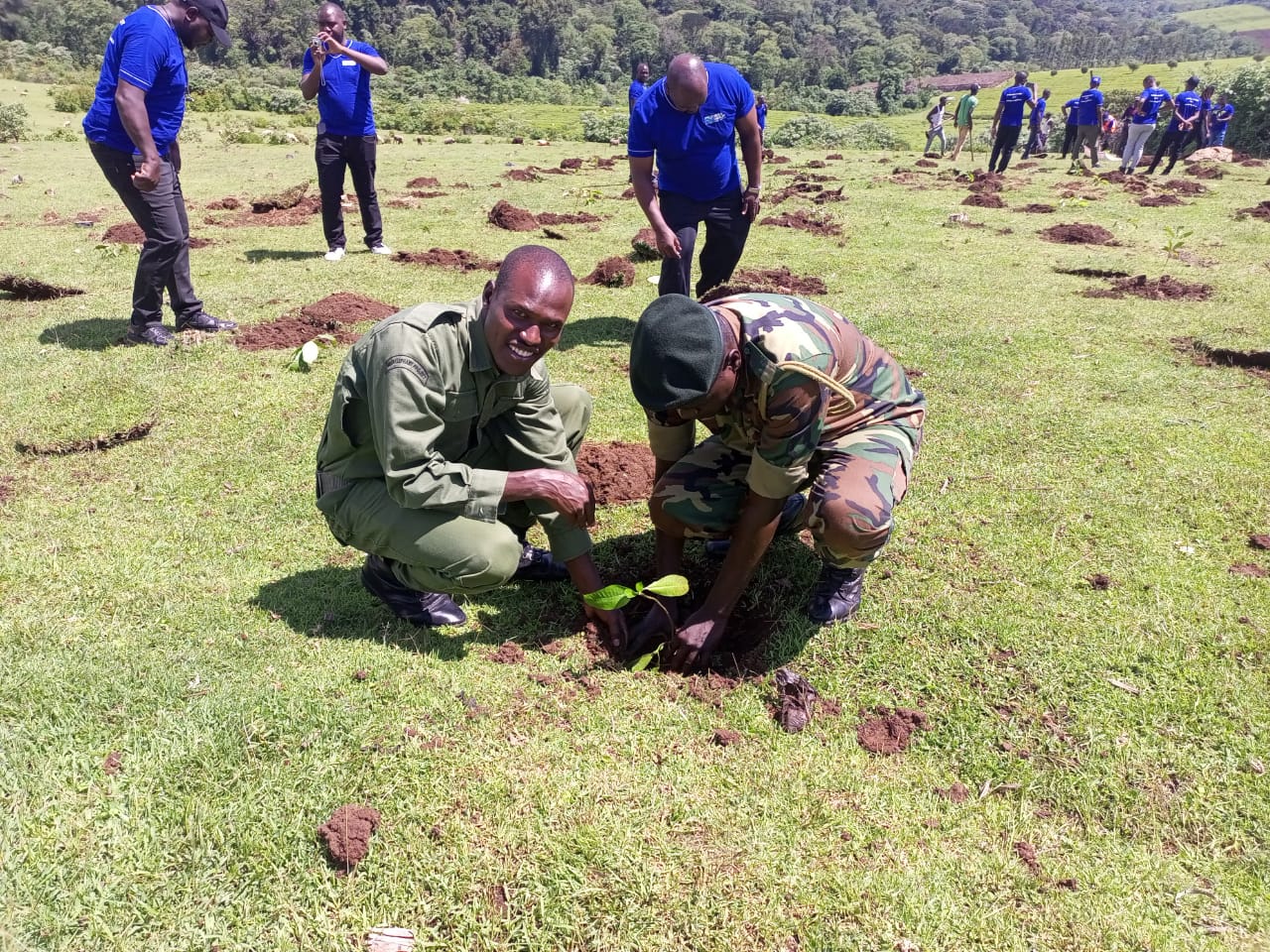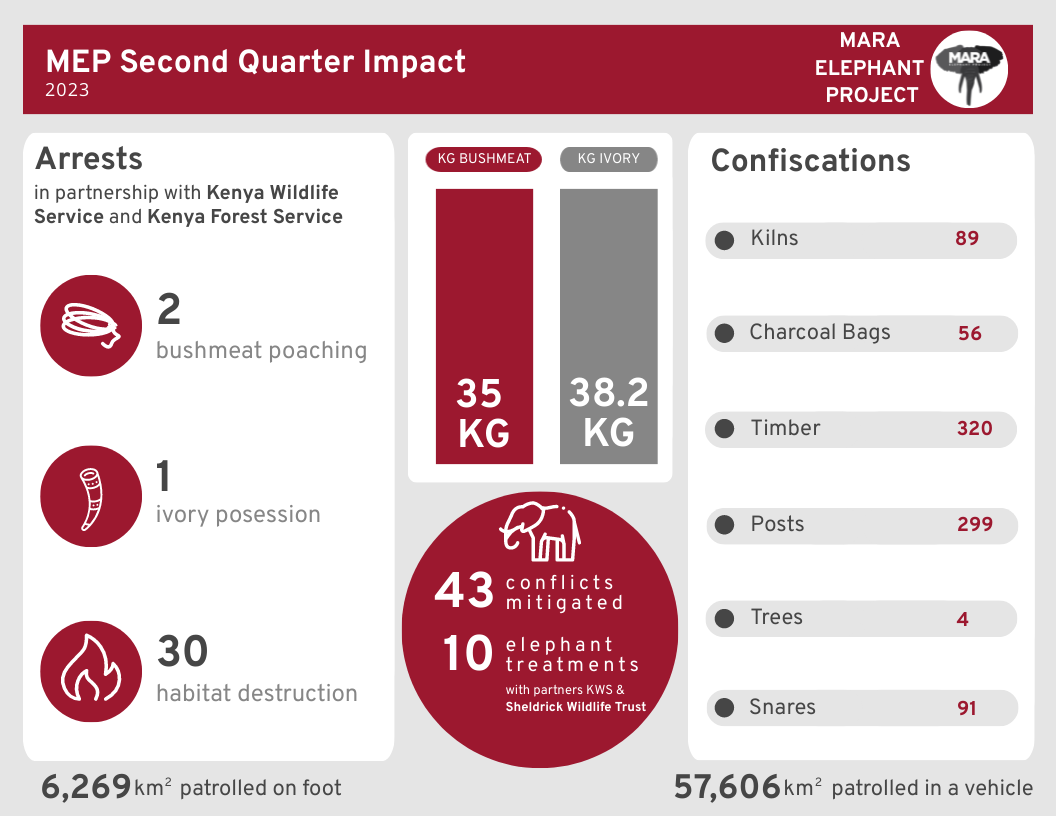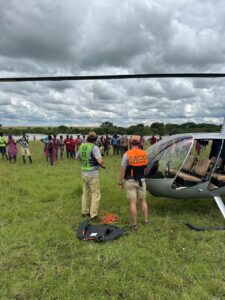Mara Elephant Project deployed additional ranger capacity with the launch of a new ranger team in Mosiro in the second quarter. The seven new MEP rangers completed training at headquarters, celebrated at a passing out parade and have deployed to increase protection for elephants and communities in Mosiro. Welcome to the ranger family Benjamin, Sylvia, Charity, David, Samuel, Francis and Joel.
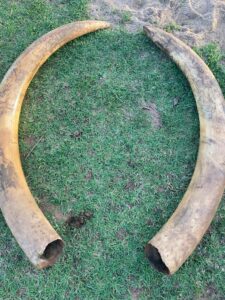 In early April, Kenya Wildlife Service (KWS) arrested two suspects in possession of two elephant tusks weighing 38 kg based on MEP intelligence. The KWS and MEP intel teams joined forces on this bust, and the suspects transporting the ivory via motorbike were evasive. Nevertheless, the joint team was successful, and this ivory didn’t leave Kenyan shores.
In early April, Kenya Wildlife Service (KWS) arrested two suspects in possession of two elephant tusks weighing 38 kg based on MEP intelligence. The KWS and MEP intel teams joined forces on this bust, and the suspects transporting the ivory via motorbike were evasive. Nevertheless, the joint team was successful, and this ivory didn’t leave Kenyan shores.
MEP assisted the KWS Vet with the Sheldrick Wildlife Trust (SWT) Mobile Vet Unit with a total 10 elephant treatments in the second quarter. In April alone, MEP rangers partnered with them for a total of four elephant treatments. On April 21, the MEP mobile ranger team was deployed to the field to visually monitor collared elephant Polaris because of a low-speed alert we received. When they found him, they discovered a suspected spear wound on his back that was most likely causing him pain and slowing his movements. We immediately called in our partners to treat the bull, and his healing process was closely monitored by MEP rangers. The next day, collared elephant Kiambi also received treatment for suspected spear wounds and earlier in the month, the MEP mobile team joined partners to assist in the treatment of a bull elephant that had an advanced leg infection, and another checkup treatment took place for a female previously treated in March. In late May, the MEP mobile ranger team received a report from the community that a bull elephant was limping heavily due to a wound on its left leg most likely caused by an arrow. The mobile team assisted the KWS/SWT team on the ground while MEP CEO Marc Goss assisted in the air with the MEP helicopter. The bull was successfully treated, and MEP rangers will continue monitoring the bull’s recovery. Finally, in June, MEP received a report of an injured bull elephant from Mara North Conservancy rangers. The bull is identified as individual number one in the MEP elephant database and is a large bull known within MEP as “Edwin”. Once again, MEP rangers assisted the KWS/SWT team on the ground and the MEP helicopter in the air. Edwin was treated for a spear wound and monitoring efforts on the ground will continue as he heals.
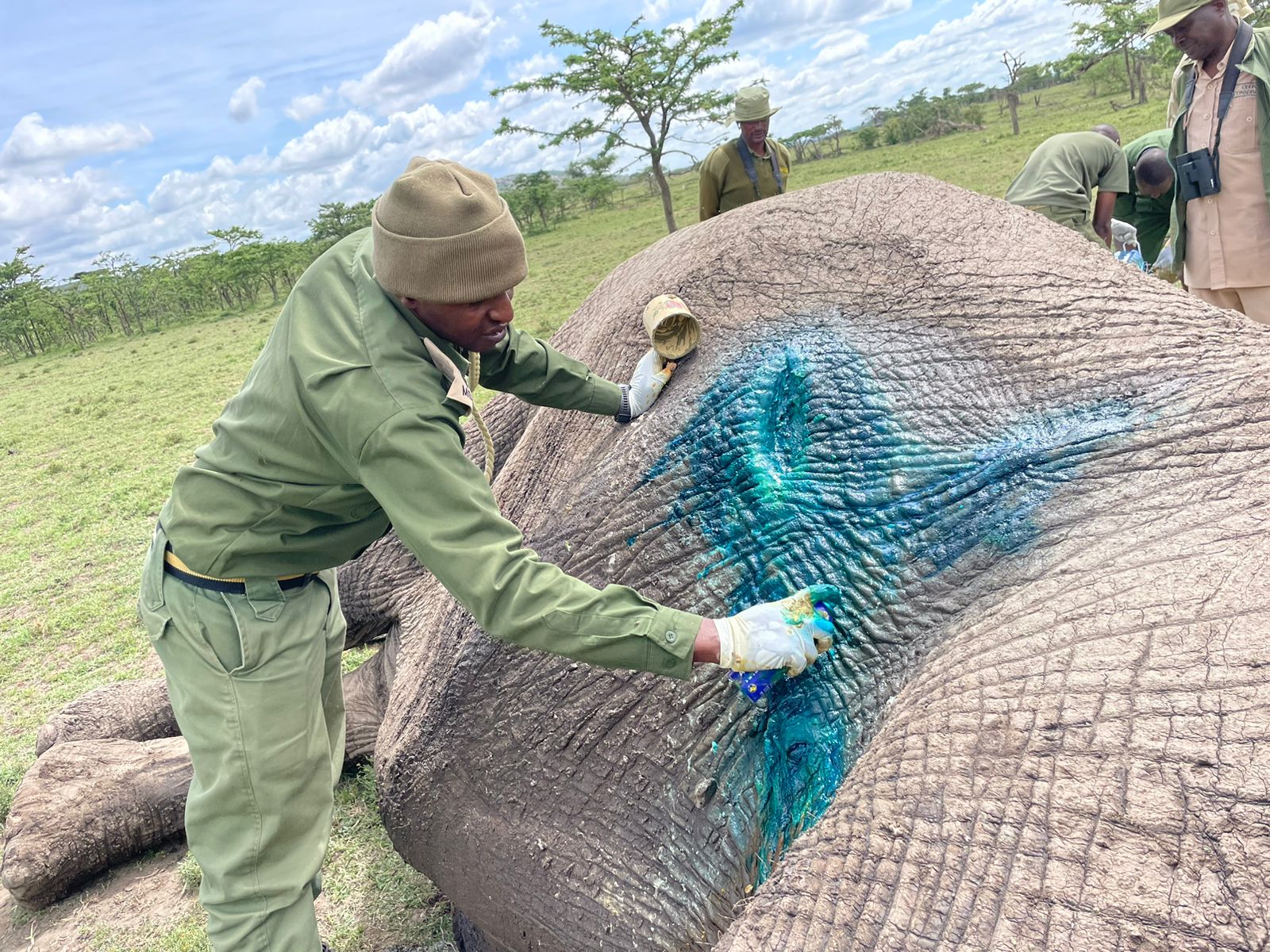
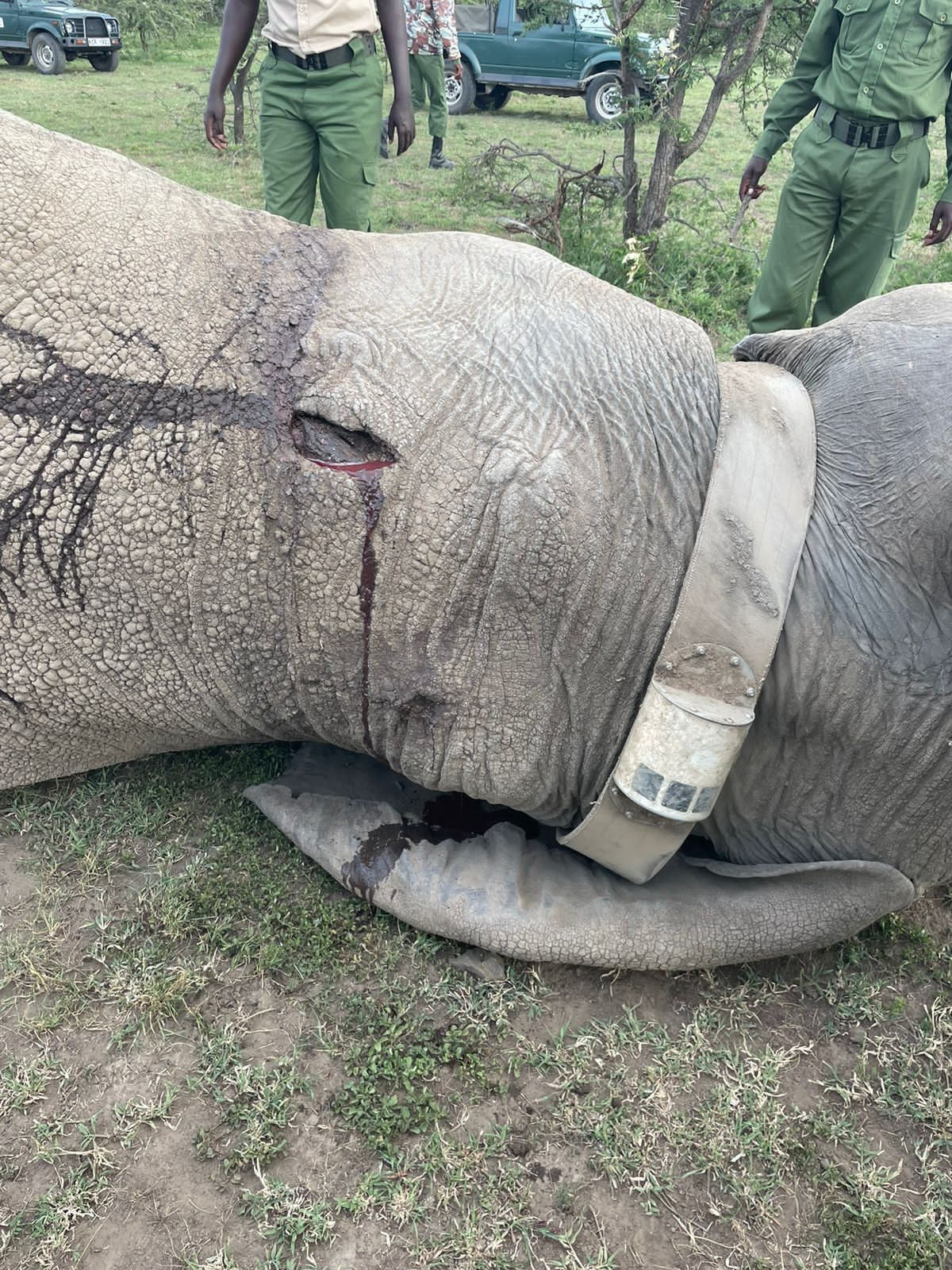
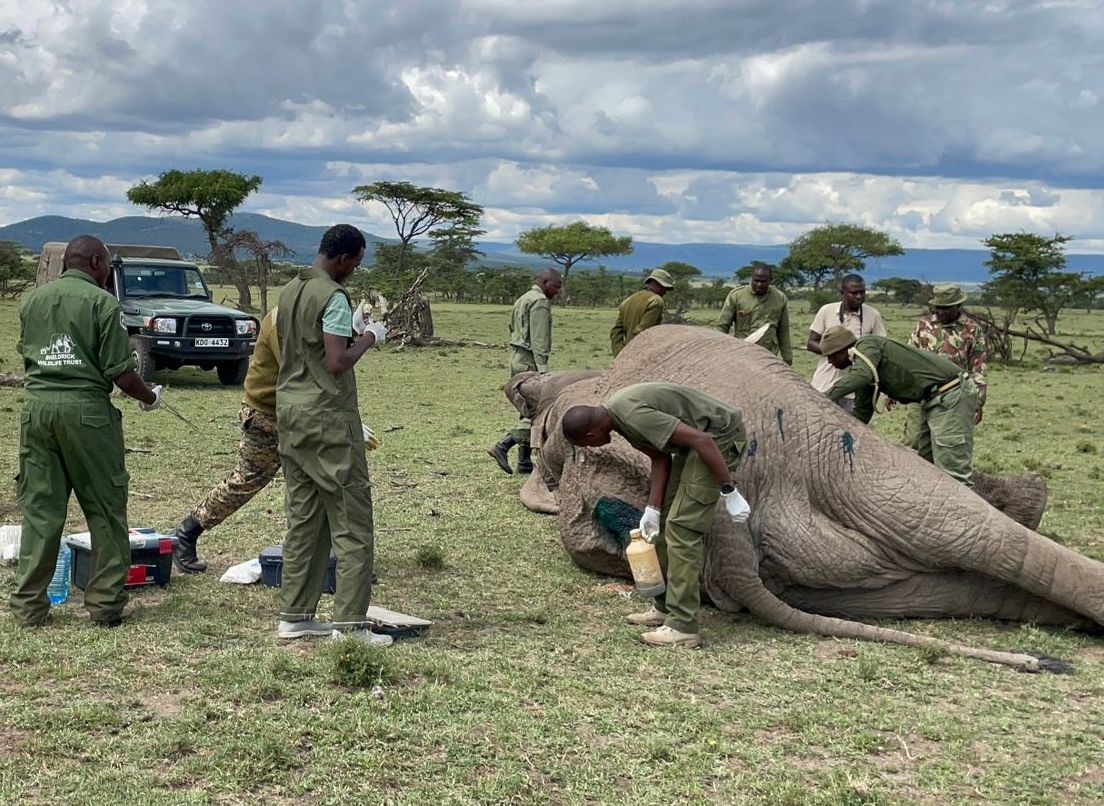

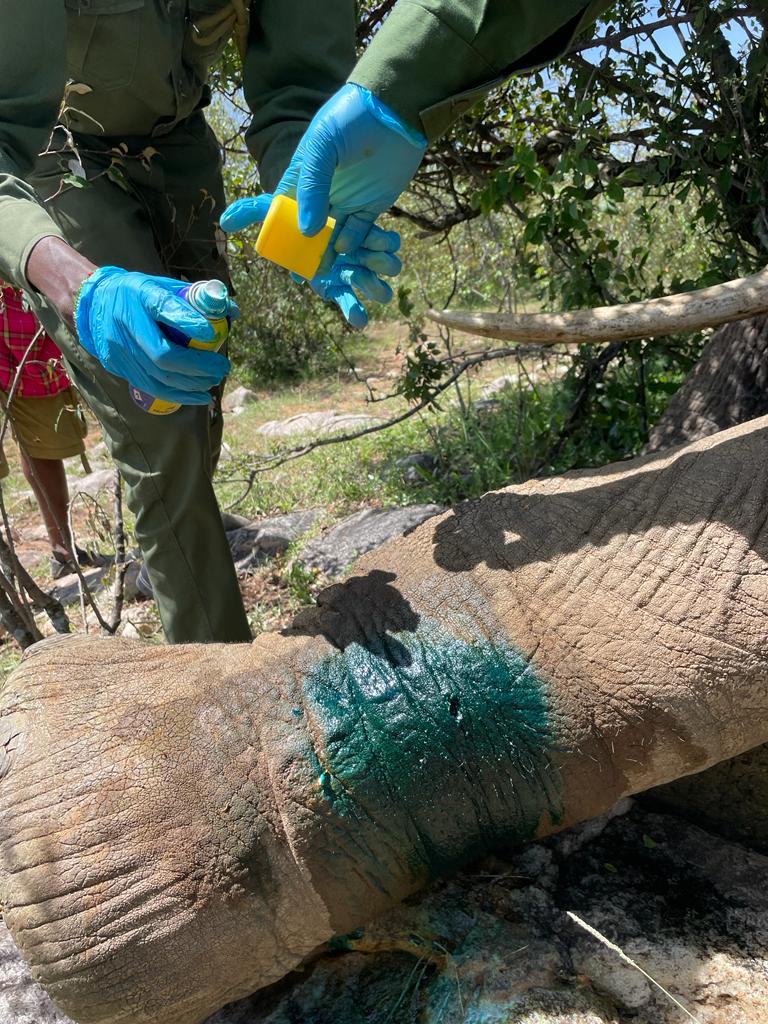
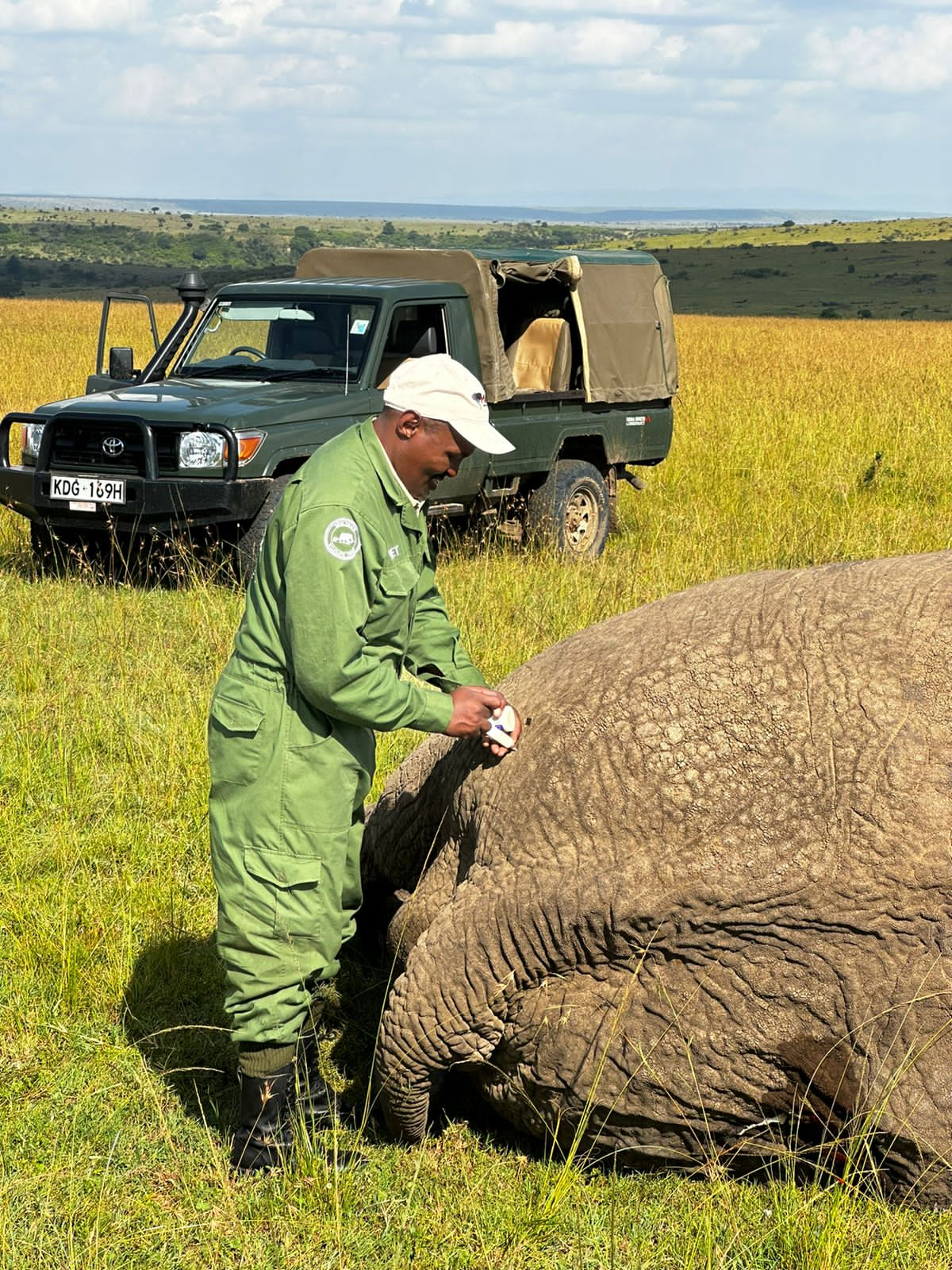
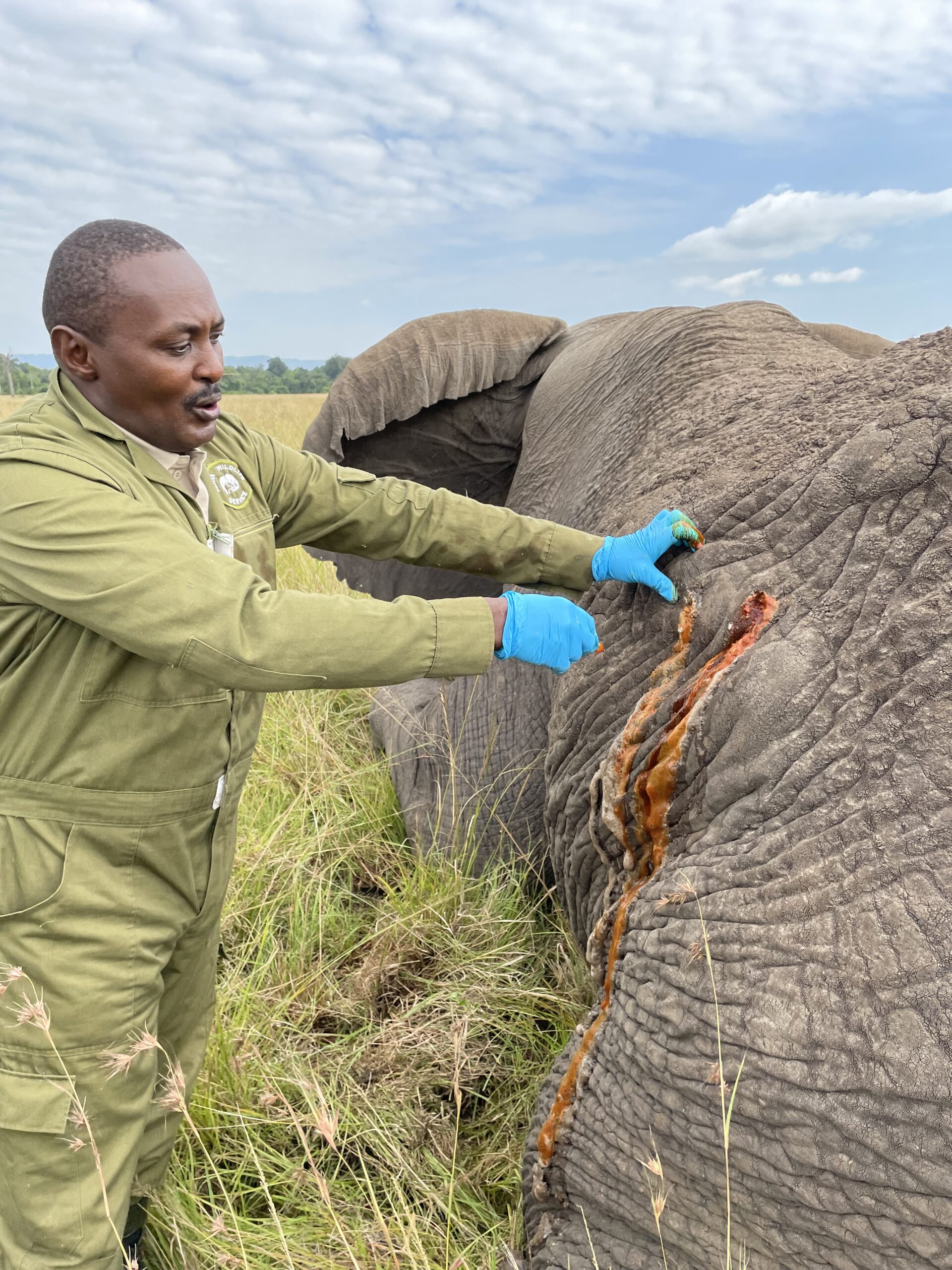
MEP community rangers continued their conflict mitigation efforts in the second quarter. The “Foxtrot” ranger team received regular reports of elephants invading farms and breaking fences. For example, on May 9, the “Foxtrot” team responded to elephants raiding farms ripe with maize. After several calls from the community and reports of damage, the rangers set up camp right alongside the farms to protect them and the elephants both day and night. They used bright lights and flash bangs to make a loud noise to remove any elephants found sneaking into farms at night. MEP rangers are men and women from the local community and are committed to not just protecting elephants, but their neighbors as well.

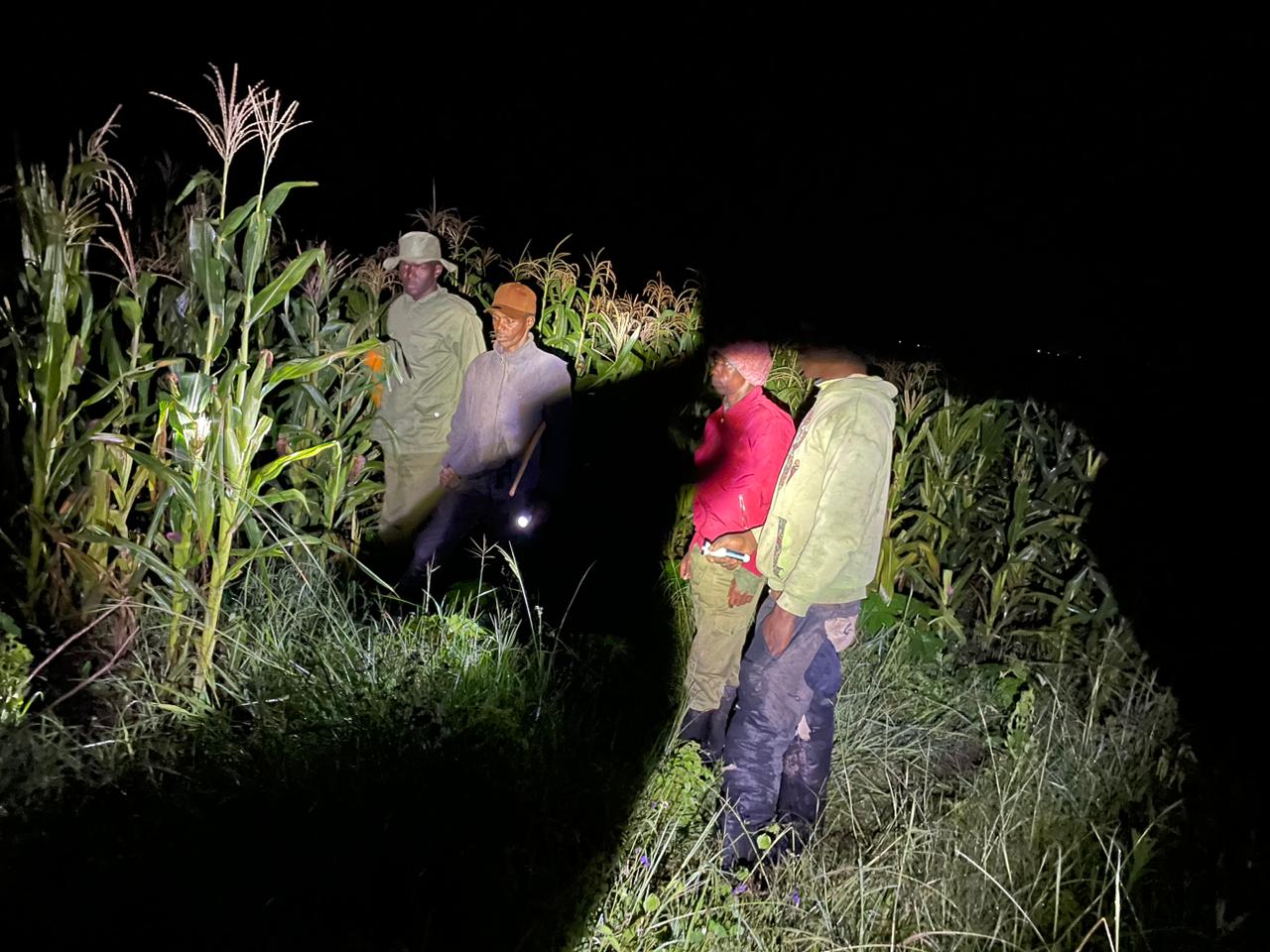


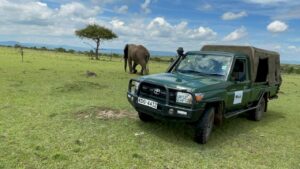 The MEP ranger teams continued their monitoring efforts in the second quarter to check for injuries and note location and demographics like herd size, sex and more to paint a detailed picture of how elephants are using the landscape and to better inform their protection efforts.
The MEP ranger teams continued their monitoring efforts in the second quarter to check for injuries and note location and demographics like herd size, sex and more to paint a detailed picture of how elephants are using the landscape and to better inform their protection efforts.
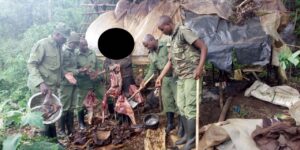 The MEP / SWT Mau De-Snaring Units deployed in the Mau Forest continued their efforts to deter illegal habitat destruction activities, increase protection for the wildlife that call it home and communities living nearby. The “Alpha” and “Charlie” ranger teams alongside Kenya Forest Service (KFS) and KWS removed snares, arrested illegal loggers and charcoal producers, confiscated illegal materials and destroyed kilns in the second quarter. Of note, in May, the “Charlie” team alongside our government partners arrested one suspect in possession of 30 kg of bushmeat suspected to be a bushbuck. That same month, the teams joined KFS and employees from Davis & Shirtliff, a local supplier of water related equipment, to plant 200 trees in an area of the Mau Forest hit by deforestation activities.
The MEP / SWT Mau De-Snaring Units deployed in the Mau Forest continued their efforts to deter illegal habitat destruction activities, increase protection for the wildlife that call it home and communities living nearby. The “Alpha” and “Charlie” ranger teams alongside Kenya Forest Service (KFS) and KWS removed snares, arrested illegal loggers and charcoal producers, confiscated illegal materials and destroyed kilns in the second quarter. Of note, in May, the “Charlie” team alongside our government partners arrested one suspect in possession of 30 kg of bushmeat suspected to be a bushbuck. That same month, the teams joined KFS and employees from Davis & Shirtliff, a local supplier of water related equipment, to plant 200 trees in an area of the Mau Forest hit by deforestation activities.

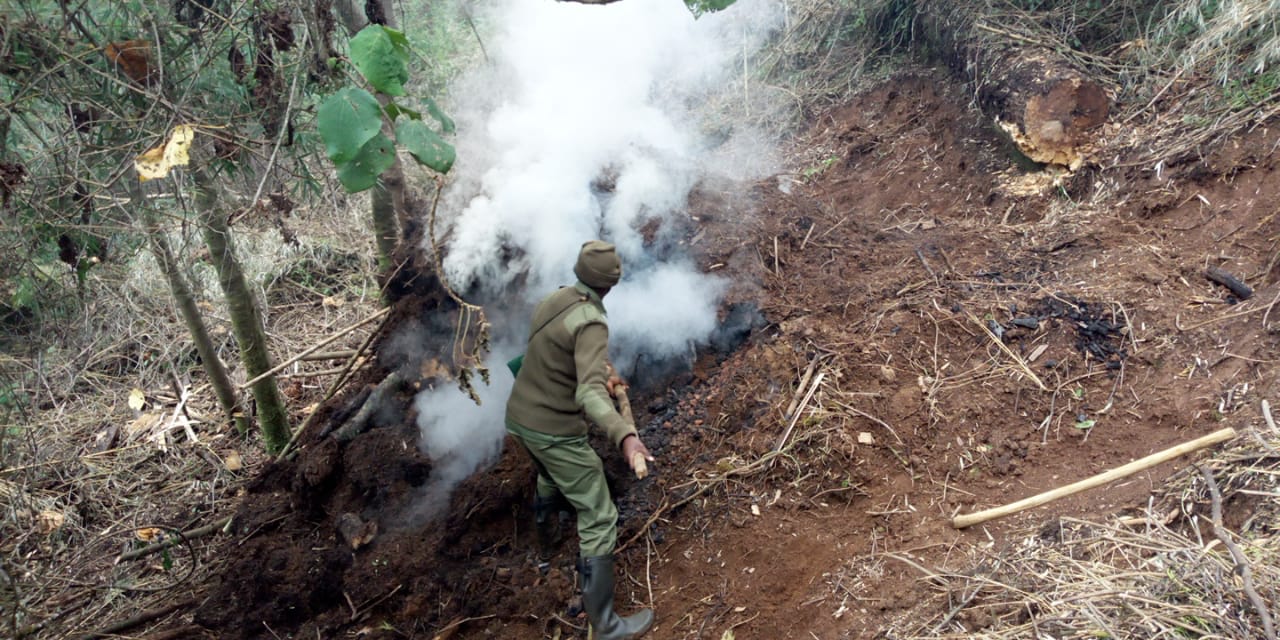
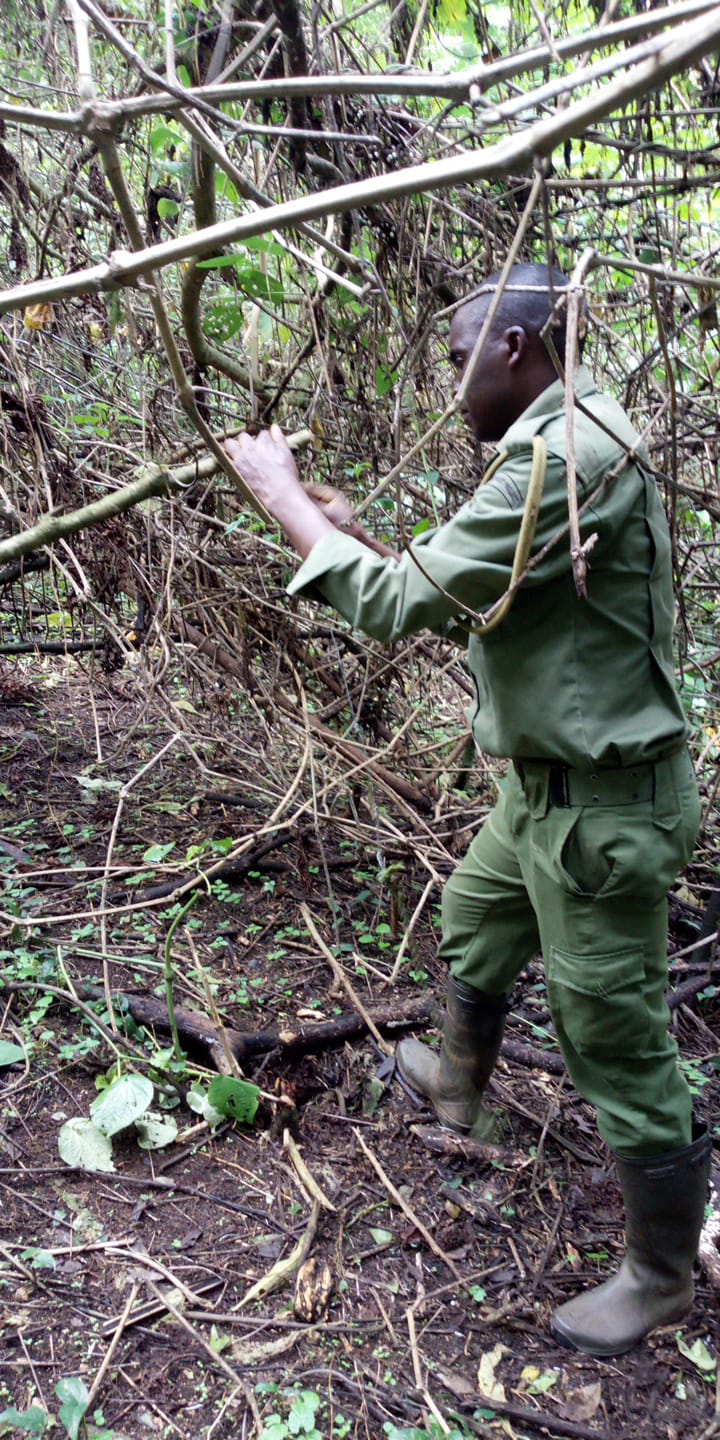

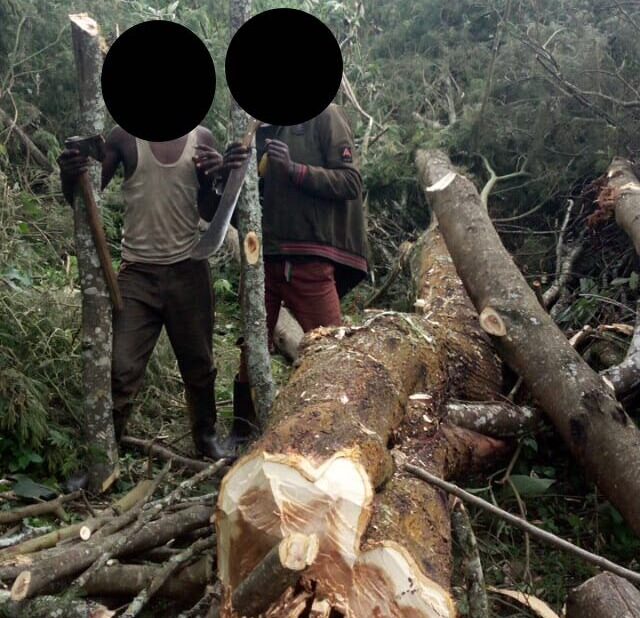
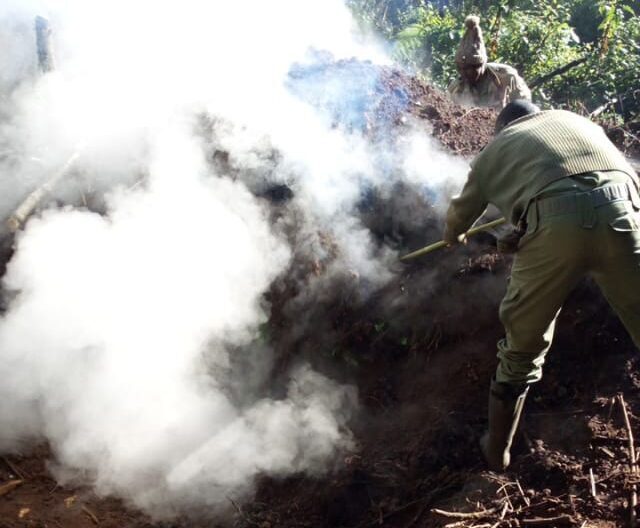
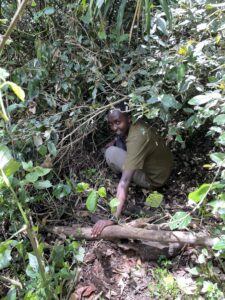 Speaking about the Mau Forest, the mountain bongo antelope is a critically endangered species (fewer than 100 individuals in Kenya) and a small group call the Mau Forest home alongside other wildlife like elephants. MEP’s partner the Bongo Surveillance Project has found camera traps to be an effective method for collecting data on bongo locations, movements, population demographics and note any illegal activities. That’s why on April 15, the MEP mobile ranger team was joined by Narok County rangers to install camera traps in an area of the forest where reports indicate around 10 bongo individuals reside. We’ll use the footage captured to help increase protection for the bongo and other wildlife that reside inside the forest.
Speaking about the Mau Forest, the mountain bongo antelope is a critically endangered species (fewer than 100 individuals in Kenya) and a small group call the Mau Forest home alongside other wildlife like elephants. MEP’s partner the Bongo Surveillance Project has found camera traps to be an effective method for collecting data on bongo locations, movements, population demographics and note any illegal activities. That’s why on April 15, the MEP mobile ranger team was joined by Narok County rangers to install camera traps in an area of the forest where reports indicate around 10 bongo individuals reside. We’ll use the footage captured to help increase protection for the bongo and other wildlife that reside inside the forest.
